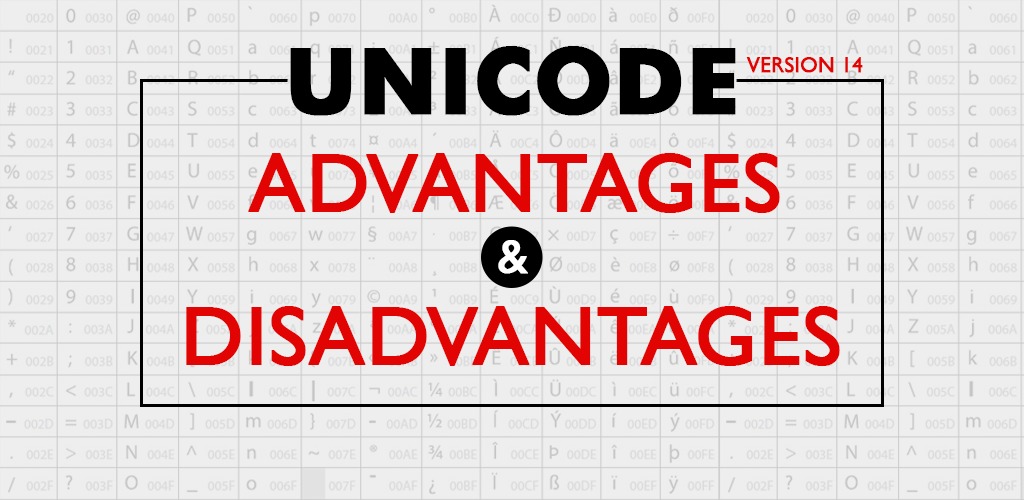by Jack Taylor | Aug 1, 2021 | Blog
There’s a significant difference between Unicode and ASCII. Unicode is far more mature than ASCII. It is also known as the superset of ASCII. Over here, you need to know that Unicode represents all the letters of major languages like Greek, Urdu, Arabic, Persian,...
by Jack Taylor | Aug 1, 2021 | Blog
There are hundreds of encoding systems available for all the languages to incorporate them into the virtual spectrum. Therefore, the interpretation of the different languages in regard to the text’s input, output, display, and sorting is dependent on different...
by Jack Taylor | Aug 1, 2021 | Blog
The character formation that is used by computers is not understandable for humans. Therefore, digital devices store information in the form of numbers and text to make them readable. In this scenario, for defining the code, the Unicode uses a character encoding...
by Jack Taylor | Aug 1, 2021 | Blog
There are glyphs in fonts, and that can vary from zero to onwards. The glyph is a single slot in a font. It usually depicts a letter or a symbol. Normally, a glyph is signifying a particular character. There are around 200 to 1000 glyphs in a single font in the...

by Jack Taylor | Apr 4, 2021 | Blog
UNICODE VERSION 14.0 The Unicode is a platform for encoding every character and symbol into the global world writing system. It provides a unique number to every written character regardless of any platform, language, application, or device is being used. Unicode is...

by Jack Taylor | Apr 4, 2021 | Blog
UNICODE VERSION 13.0 Unicode is an international standard of encoding characters in different world’s writing systems. It encodes every written character, symbol, punctuation mark, or emoji in the world writing system. The Unicode version 13.0 is the latest...


